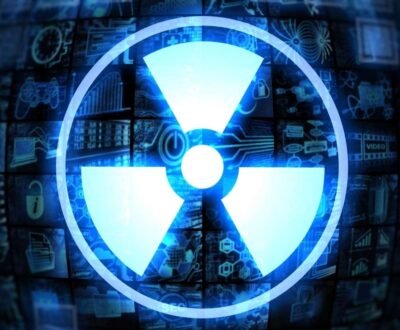National Center for Injury and Prevention Control claims that about 1.7 million people in the United States sustain TBI(traumatic brain injury) each year. Nearly one-quarter of military service members deployed to Afghanistan and Iraq have sustained traumatic brain injuries.According to the Armed Forces Health Surveillance Center, more than 300,000 service members have been diagnosed with mild TBI between 2000 and 2015.
Previously evaluation of TBI was based on behavioural observations and on patient’s memory of the incident. But now a much better assessment is possible in the form of an MRI technique called susceptibility weighted imaging. It’s a technique that provides improved blood visibility and is highly sensitive to hemorrhage. Dr Gerard Riedy, M.D., Ph.D., from the National Intrepid Center of Excellence (NICoE) conducted a research at the Walter Reed National Military Medical Center in Bethesda, Md, using advanced brain imaging with MRI as a tool for assessing mild TBI. Around 834 active military service members with mild TBI related to blast injuries were studied. The MRI scans revealed brain scars in the form of white matter T2 hyperintensities in 52% of the TBI patients.
“We were really surprised to see so much damage to the brain in the MTBI patients,” Dr. Riedy said. “It’s expected that people with MTBI should have normal MRI results, yet more than 50 percent had these abnormalities.”
Abnormalities in the pituitary gland was found in almost one third of the members. Pituitary gland is regarded as the “master gland” of the endocrine system and is located in the base of the brain.According to Dr Riedy, “This paper is just the tip of the iceberg.We have several more papers coming up that build on these findings and look at brain function, brain wiring, connectivity and perfusion, or brain blood flow.”
Researchers previously concluded that the sooner a person with a TBI receives an MRI scan,the better the chances of finding microbleeds in the brain.Cerebral microhemorrhages occur as a direct result of TBI and can lead to severe secondary injuries such as brain swelling or stroke.
“An objective measure of traumatic brain injury can lead to proper therapies,” Dr. Riedy said.
One key aspect of all the findings is the ability to focus on post-traumatic stress disorder (PTSD). Due to similar symptoms of TBI and PTSD , treatment for one is unlikely to work for the other.
This ability to detect brain lesions in the military personnel has had a big impact on them and their respective families.
“Military traumatic brain injury is not a small problem for our country,” Dr Reidy said. “Through this research, we hope to learn more about what the future entails for our military personnel who’ve suffered these injuries.”
About us and this blog
We are a teleradiology service provider with a focus on helping our customers to repor their radiology studies. This blog brings you information about latest happenings in the medical radiology technology and practices.
Request a free quote
We offer professional teleradiology services that help hospitals and imaging centers to report their radiology cases on time with atmost quality.
Subscribe to our newsletter!
More from our blog
See all postsRecent Posts
- Understanding the Challenges of Teleradiology in India January 19, 2023
- Benefits of Teleradiology for Medical Practices January 16, 2023
- Digital Transformation of Radiology January 2, 2023









